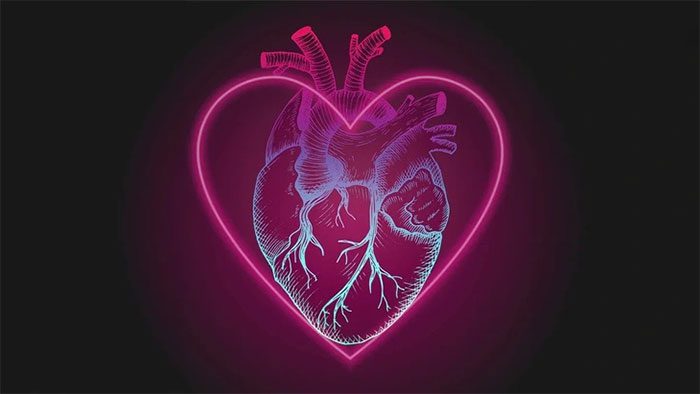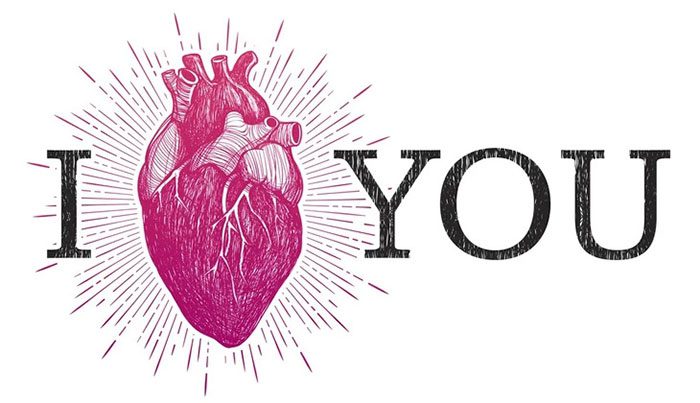The heart symbol doesn’t anatomically resemble a human heart, so why is it widely accepted?
To date, the origin of the heart symbol remains a challenge for scientists.
According to IFLScience, a recent study from the Netherlands has proposed several hypotheses.

The commonly used heart symbol does not resemble a real human heart – (Photo: Shutterstock)
Neuroscientist Pierre Vinken, the author of the study, notes that the earliest illustration of the classic heart symbol appeared in a 13th-century text and may have been inspired by Aristotle’s unusual descriptions of this organ in the body.
Another possibility is that the heart symbol represents the leaf of an extinct giant plant called silphium, which once grew along the North African coast and was used as a contraceptive by the ancient Greeks and Romans.
Regardless of its origin, the heart symbol does not resemble a real human heart. However, no one seems to care, as this symbol is commonly used to express the image of a “heart” in a metaphorical sense, meaning to convey emotions, feelings, and love.
The heart symbol became popular in the 15th and 16th centuries. By the mid-20th century, scientists began to realize that the simplified shape of the heart could indeed be based on anatomical reality.

The heart symbol speaks not of the heart, but of human emotions and feelings – (Photo: Shutterstock).
The first replica of the coronary artery system was created in the 1950s. When plastic was injected into the aorta of a deceased person, the flow of plastic unexpectedly created a heart-like shape.
Decades later, with the development of new techniques, contrast agents injected into the coronary arteries accurately revealed what the actual shape of the heart looks like during circulation.
These observations raise questions about whether ancient anatomists somehow saw the model thousands of years before it was revealed by modern science.
Speculating on this possibility, the researchers wonder if these early anatomists created similar coronary artery molds after death, using crude materials like plaster instead of plastic?
While acknowledging that this hypothesis is highly speculative, the research team suggests that it may be the “most reasonable hypothesis to explain the precise correspondence between the heart image we commonly use today and the heart image from ancient times.”
The study is published in the Journal of Visual Communication in Medicine.





















































